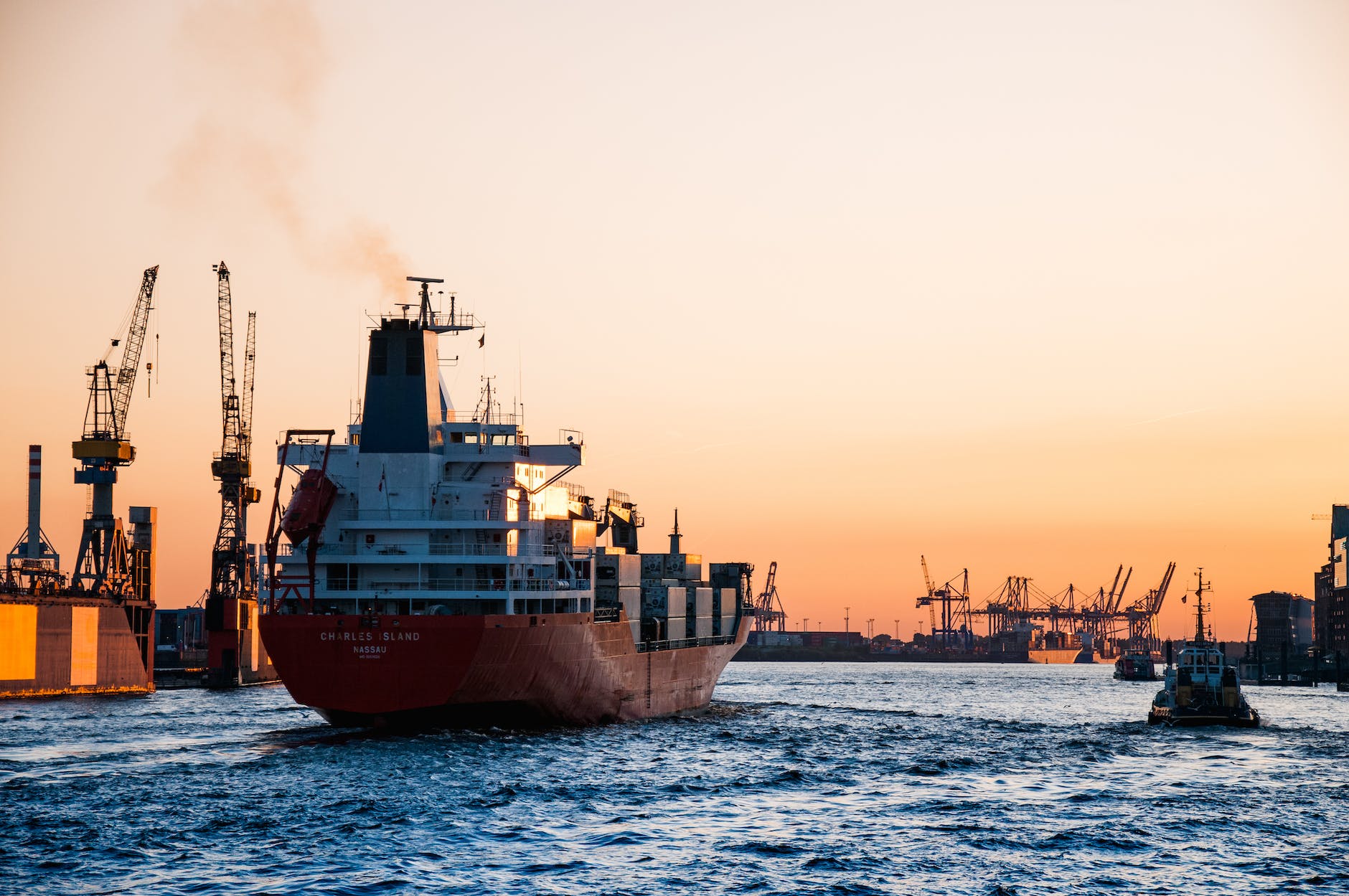
The shipping industry is not new to disruption. In fact, the entire industry has been disrupted since its inception in the 16th century with the advent of steamships and later containerization in the 1950s. However, as technology continues to advance at a rapid pace, we are now experiencing digital disruption, which is fundamentally changing how businesses operate. Digital disruption has brought about a shift in the way shipping operates, with sustainable practices and improved customer experience becoming more important than ever before. Companies are using technology to track and reduce their carbon emissions, as well as improve overall efficiency and streamline processes. Also, it is forcing traditional players to innovate or risk being left behind.
What is Digital Disruption?
Digitalization, also known as digital disruption, is the integration of information and communication technology (ICT) into all areas of business operations and society. It encompasses automation, data exchange, and connectivity to bring about a more efficient and integrated system.
The shipping industry has been slow to adopt digital technologies compared to other sectors such as finance or retail. However, shipping companies are now starting to realize the potential benefits that digitalization can bring. According to a document report by BIMCO and the Baltic Exchange, the majority of shipping providers believe that digitalization will greatly impact their business in the next few years.
Sustainable Shipping Through Digital Disruption
One key aspect of this digital disruption is sustainable shipping. The shipping industry accounts for about 90% of global trade, but it also emits a significant amount of carbon emissions. As a result, the International Maritime Organization set a target to reduce greenhouse gas emissions by at least 50% by 2050. Digital technologies such as big data, Internet of Things (IoT), and autonomous ships are playing a crucial role in achieving this goal. Big data allows for the analysis and optimization of ship routing, reducing fuel consumption and emissions. The use of IoT on ships can improve energy management, leading to more sustainable operations. Autonomous ships, while still in the early stages of development, have the potential to revolutionize sustainable shipping by reducing human error and increasing fuel efficiency.
In essence, Digital technologies can play a big role in addressing this issue by optimizing routes, reducing fuel consumption, and facilitating the adoption of sustainable fuels. Maersk, for example, uses digital solutions to track CO2 emissions. Digitalization is also enabling more efficient supply chains and less waste in overall operations.
Improved Customer Experience Through Digital Disruption
In addition to sustainable practices, digital technologies are also improving the customer experience in the shipping industry. Since the shipping industry has historically not been known for its customer focus or high-tech capabilities. Digital disruption is changing all of that. We are seeing an increase in customer-centric innovations, such as the use of online platforms and mobile apps for booking shipments and tracking shipments in the nick of time. More so, customers now have access to real-time information on their shipments through digital tracking systems. Blockchain technology is improving supply chain transparency and security. Advanced analytics are enabling predictive maintenance, resulting in fewer delays and disruptions for customers. These not only improve the customer experience but also help increase efficiency and reduce costs for both the shipping companies and their customers.
The Rise of Digital Startups
In addition to traditional players taking advantage of digital technologies, we are also seeing a rise in digital startups disrupting the industry. Companies like Shipnext, for example, use artificial intelligence and big data analytics to connect shippers with carriers, resulting in more efficient matching and communication. Other startups are focusing on digitizing documentation processes or improving customer experience through online booking platforms.
The Need for Traditional Players to Innovate
While digital disruption can bring exciting opportunities, it also creates challenges for traditional players in the industry who may be slow to adapt or resist change. These companies risk being left behind as new, tech-savvy competitors enter the market and disrupt traditional business models. Traditional players will have to continue innovating and adapting in order to stay competitive. For consumers, this ultimately means a better and more sustainable way of conducting global trade.
In conclusion, digital disruption is not just a trend in the shipping industry – it is a catalyst for sustainable practices in the industry. However, with such drastic changes come challenges for the industry. Traditional players may struggle to adapt and keep up with new technologies, while startups may not have the resources or expertise to survive in a competitive market. There is also the concern of cybersecurity and protecting sensitive data. Nonetheless, one thing is clear – digital disruption in the shipping industry is here to stay. Those who embrace it will not only keep up with the rapidly changing market but also pave the way for a more sustainable and efficient future for all.
Key Takeaways:
- Digital disruption in the shipping industry is leading to increased efficiency, sustainable practices, and improved customer experience.
- It is also forcing traditional players to innovate or risk being left behind.
- Challenges include adaptation for traditional players and cybersecurity concerns.
- Embracing digital disruption in the shipping industry will lead to a more sustainable and efficient future.

